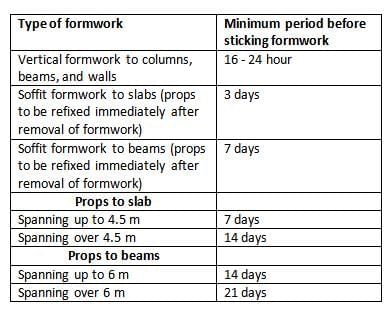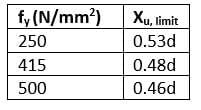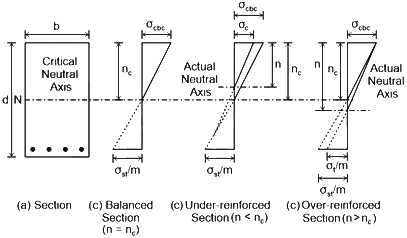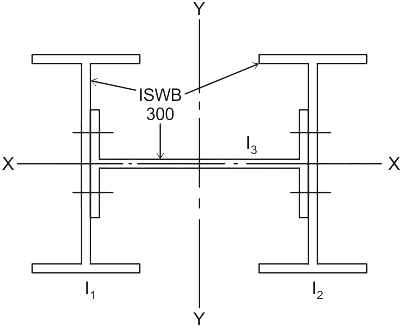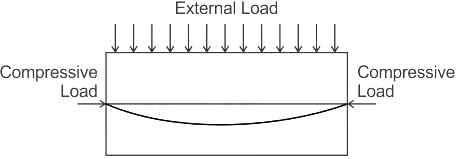MPPSC AE CE Mock Test - 4 - Civil Engineering (CE) MCQ
30 Questions MCQ Test - MPPSC AE CE Mock Test - 4
Average literacy rate of Madhya Pradesh according to 2011 census was
50% reservation for women Panchayati Raj Institutions is legalized in certain states such as:
I. Bihar
II. Uttarakhand
III. Madhya Pradesh
IV. Himachal Pradesh
I. Bihar
II. Uttarakhand
III. Madhya Pradesh
IV. Himachal Pradesh
What is the latitudinal spread of the state of Madhya Pradesh?
From which state does the 'Madhubani' folk-art style originate?
Which sector is NOT mentioned as being affected by the U.S. tariffs on Indian imports?
What is collusive litigation, and why is it a concern for the judicial system?
Orchha Fort complex is located in which district of Madhya Pradesh?
Which of the following chemical compounds causes biomagnification?
What is one of the key features of the Coastal Shipping Bill, 2024?
Which instrument is used for measurement of odour of water?
Select which is not the reason to provide extrawidening:
For long span such as 800 m, which type of bridge is provided?
As per recommendations of Indian standards, the shape of lined canal is
What is the minimum time period required for soffit formworks to slabs when props are to be refixed?
Identify the option which holds true in the case of the depth of the neutral axis of a doubly reinforced beam.
Which of the following tests are conducted to determine the undrained strength of the clayey soil?
1. Unconfined Compression test
2. Vane shear test
3. Consolidated drained Test
4. Slow direct shear testThree rolled steel beam ISWB 300 as shown in the figure are used as built-up sections for columns having Ixx = 9821.6 × 104 mm4 and Iyy = 990 × 104 mm4. The moment of inertia of the combined section Ixx is given as:
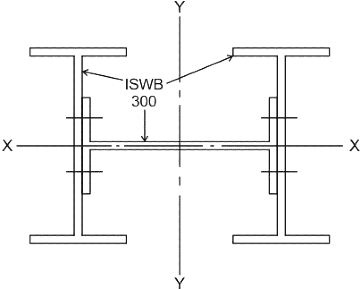
A simply supported concrete beam pre-stressed with a force of 2500 kN is designed by load balancing concept for an effective span of 10 m and to carry a total load of 40 kN/m, the central dip of the cable profile should be


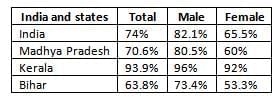

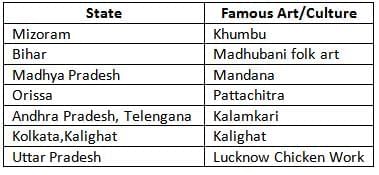
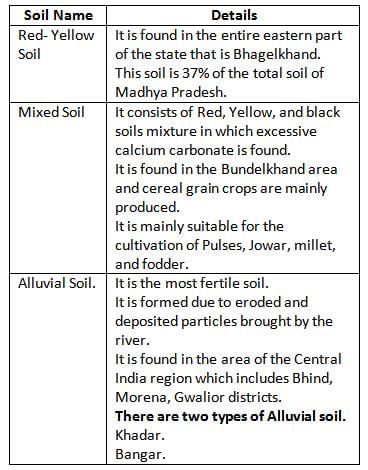
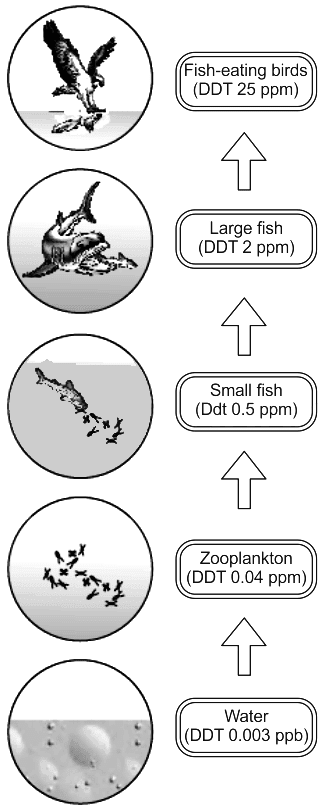


 = 60%
= 60%
